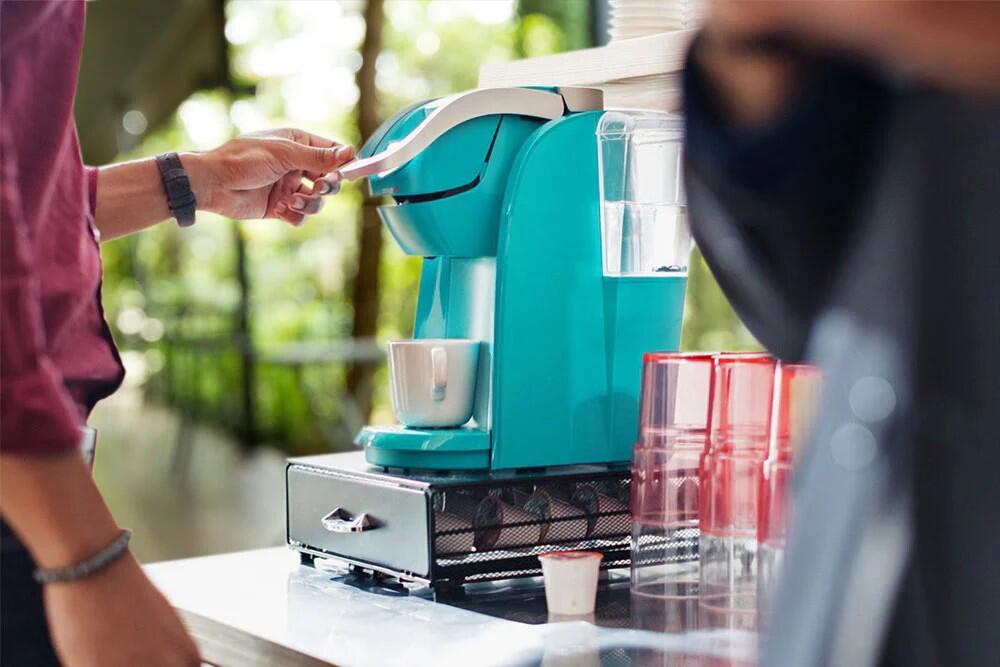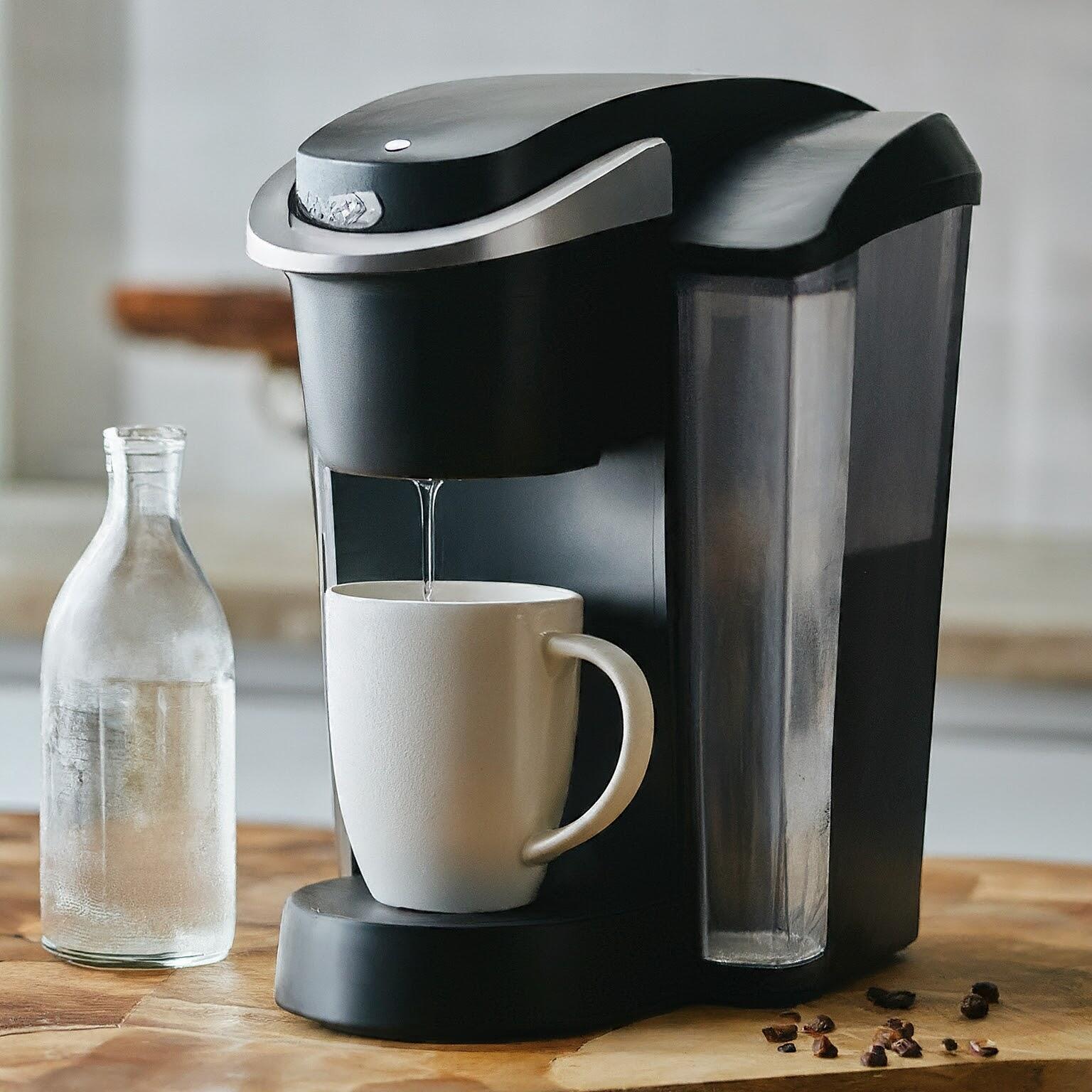- 16 RENSHAW AVE AUBURN NSW 2144
- info@smartserve.au

Is your Keurig brewing just a tad slower, or has the coffee seemed a bit late? Chances are you have mineral deposits, commonly referred to as scaling. Not to worry, though; you can describe that Keurig easily with this natural cleaning agent you likely have on hand: vinegar! It works really quickly—when all the mineral deposits have been removed, it will allow for great taste in your coffee once again. In this guide, we'll walk you through the process.
Table of contents [Show]
Vinegar is an all-natural descaler, though; it works to dissolve mineral deposits like calcium and lime that get into your Keurig. What could get in your way is that over time, these deposits can not only clog some of the works inside but can also make it brew slowly, deliver water unevenly, or even make your coffee taste burnt. Using vinegar for frequent cleaning will help prevent scaling and keep your machine functioning properly.
Empty the reservoir and dispose of any remaining water.


Put a cup on the drip tray.
Pro Tip: After the final rinse cycle, brew a cup of plain water to check for any lingering vinegar taste. If you detect a faint vinegar flavor, repeat the rinsing process with another water cycle.
The frequency of descaling your Keurig depends on how hard your water is and how often you use your machine. Generally, Keurig recommends descaling every 3 months, or after every 30-60 brewing cycles, whichever comes first. Consult Keurig’s user manual for specific recommendations for your model.
Just follow these simple steps and include regular cleaning with vinegar in routine procedures to make sure your Keurig continues brewing delicious coffee for years to come. Enjoy a fresher cup and keep your machine running smoothly with the power of vinegar!